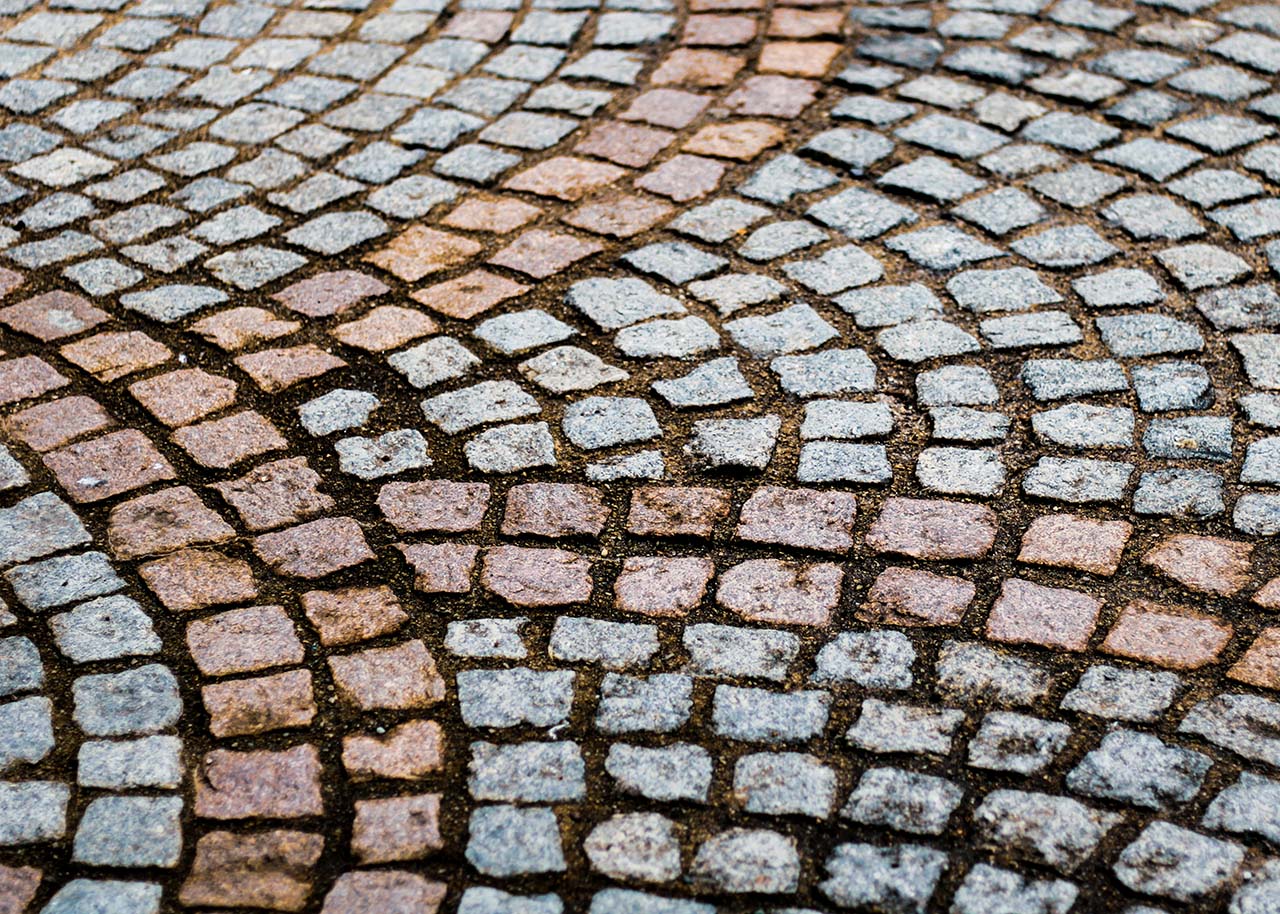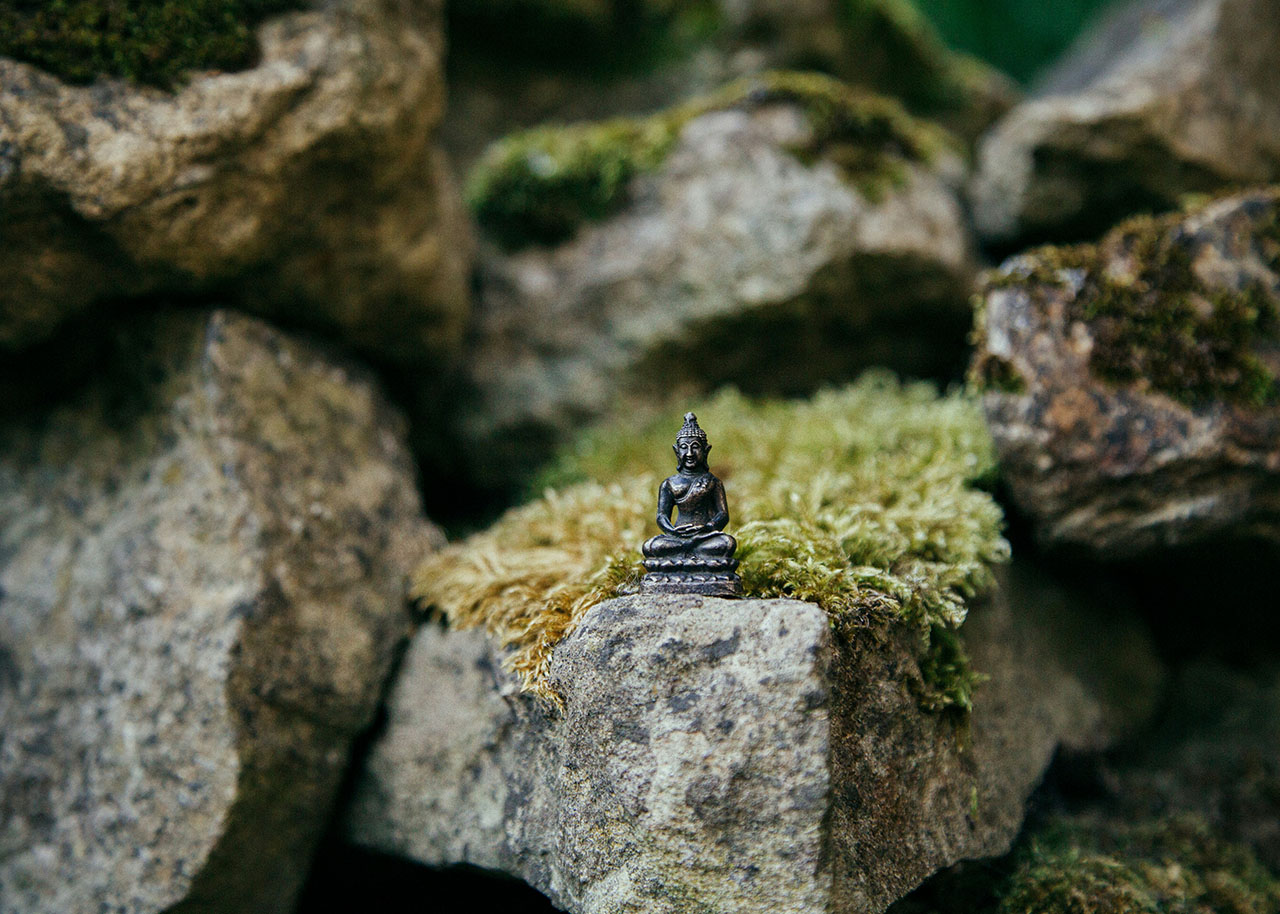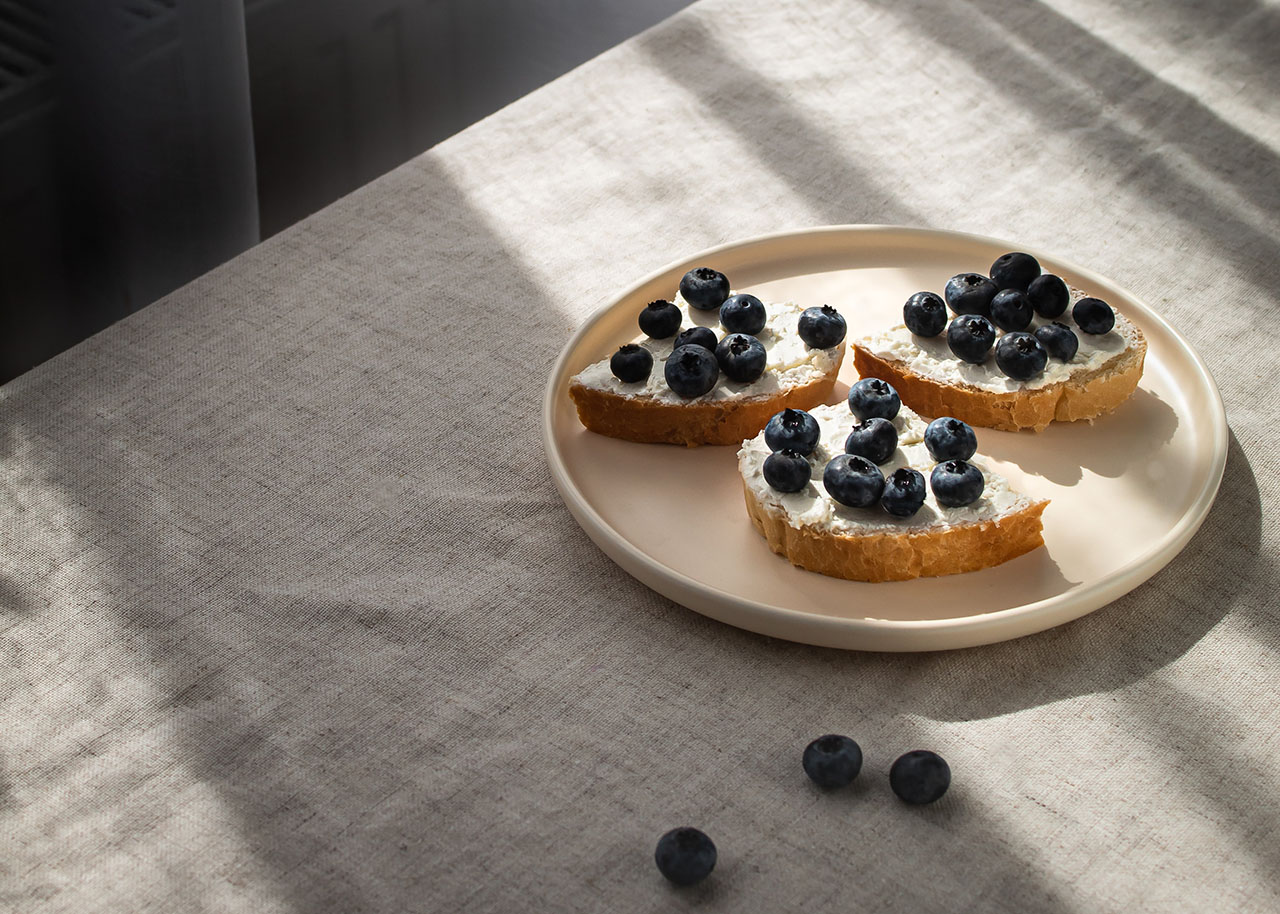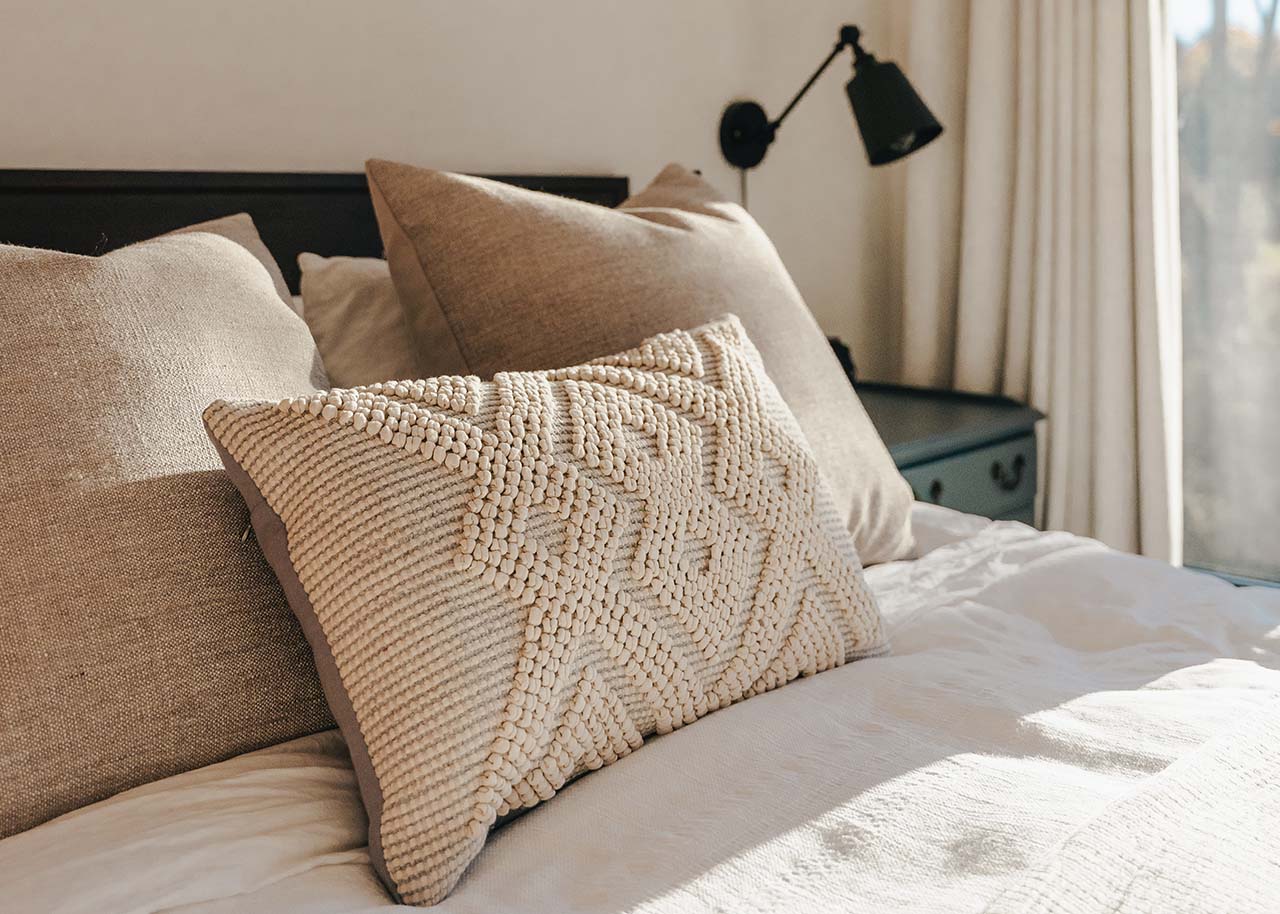(collaborative post)
Granite setts are those small blocks of stone that have been around for centuries. Literally. They’re the foundation of the Roman empire and have been a garden staple ever since.
From smooth driveways to calming back garden spaces, they’re a versatile material that can achieve both durability and modern aesthetics. As our lives become more hectic, we’re naturally drawn towards more serene settings. The granite settification of life therefore becomes inevitable for most.
Understanding granite setts
Granite setts are rectangular blocks of granite. They’re fairly small individually, measuring around 100-200mm in length and around half that in width. Their composition of interlocking crystals gives them exceptional durability and resistance to weathering.
They’re available in a range of colours, from silver and grey to pink and black, making them a diverse choice for design. Finishes vary from rough-hewn (for a rustic look) to polished (for a more contemporary feel). The logic is that they’re a big investment, but one worth doing because of their ability to last decades.
In terms of sustainability, granite is a natural material that requires minimal processing. Manufactured alternatives are often cheaper but worse for the environment and can sometimes be a false economy, meaning they need to be replaced sooner.
Designing a Zen-inspired garden with granite setts
Zen gardens are rooted in Japanese philosophy. No matter how familiar you are with Japanese culture, zen gardens exude simplicity and tranquillity to all. Granite setts are the main character in these serene spaces, along with grey shingles and stones.
In a karesansui (dry landscape) garden, these setts are used to create pathways that meander through gravel (gravel that is routinely raked), symbolising rivers or water flow. The muted tones of grey granite complement the minimalist aesthetic. But remember, the raking is a part of the Zen; this is a garden you can interact with.
When introducing them in a Zen garden, you ought to arrange them in relatively simple and linear patterns that echo the clean lines of raked gravel. Or, create a focal point, which means setting them in a circular pattern – these are akin to mandala structures or geometric wonders like Fibernacci.
The texture of split-face granite setts can add depth too, contrasting beautifully with smooth pebbles or moss. You could compliment the pathways with carefully situated rocks and minimalist plants. Japanese maples or cloud-pruned conifers work well here, providing year-round structure. For added authenticity, consider including a tsukubai (water basin) bordered by granite setts.
Lighting is also crucial in a Zen garden design. Use subtle, low-level lighting to highlight the texture of the pathways and stones at night, creating a moonlit garden effect. Although not traditional, consider a jacktop fence (the criss-cross ones) to get interesting shadows on the floor during golden light hours.

Contemporary minimalist retreats using granite setts
In contemporary garden design, granite setts offer a balance of form and function, which is the basis of modernism. Their clean lines and uniform shape lend themselves well to minimalist aesthetics, but you can also consider using large-format ones in a single colour for a sleek, modern look. Lay them in a linear pattern to create order.
Again, water features work well with these pathways. A narrow rill running alongside a granite sett path can create a sense of movement. For larger spaces, consider a reflective pool bordered by granite setts, so it’s a mirror-like surface that enhances the feeling of space.
Lighting plays a crucial role in modern garden design, but a very different one to a Zen garden. You can opt for LED strip lighting along the edges of the pathways to create a subtle glow. It provides customisability regarding colours, and if you’re having a party, they can respond to the sound of the bass in the music (it may require some IoT knowledge, though). Alternatively, install uplighters to highlight the texture of the setts and create interesting shadows.
Mediterranean-inspired calm spaces
Mediterranean-inspired gardens are your third option for a tranquil retreat at home. To create this ambience, try adapting traditional courtyard designs by using setts to form intimate seating areas – the Mediterraneans are all about socialising.
Arrange the setts in a herringbone pattern for a classic look. Incorporate drought-resistant plants like lavender, rosemary and olive trees to evoke the Mediterranean spirit, even if you do get plenty of rain. The benefit is low maintenance.
The granite setts are being used here to create cool, shaded areas, so again, consider building a water feature (clearly there’s no design that can’t benefit from some water). Terracotta pots can be filled with colourful geraniums to introduce some sunny colours.
Technical considerations for installation
When installing granite setts, proper preparation is crucial for longevity and stability. Begin by excavating the area to a depth of at least 150mm, then lay a sub-base of MOT Type 1 aggregate while compacting it thoroughly with a plate compactor.
For the bedding layer, use a mixture of sharp sand and cement in a 4:1 ratio, with a depth of 30-50mm. When laying the setts, use a rubber mallet to ensure they’re firmly bedded. Leave gaps of 5-15mm between setts for jointing.
Speaking of the jointing, the latest industry standard is to recommend using a resin-based compound for high-traffic areas, as it offers superior durability to weeds. For lighter use, a traditional sand and cement mix (3:1 ratio) can suffice. Some recommend epoxy, too.
Make sure drainage is sufficient by having a slight gradient (1:60) into your design. For areas prone to heavy rainfall, consider installing a linear drainage system along the edges of your paved area to prevent water accumulation.
Maintenance and longevity of granite sett retreats
To maintain your granite sett retreat, regular cleaning is wise. A stiff brush will do, but some mild soap solution won’t hurt either. Just remember to avoid harsh chemicals – when in doubt, simply use water.
For tougher stains, a pressure washer on a low setting can be effective. Just don’t spray the gaps between the stones too much.
Conclusion
As we’ve learnt from diving into three distinct style, granite setts are versatile. They’re ideal for those wanting to create a serene space that will last many, many years and can become a timeless foundation of your garden – something that won’t need updating and the world changes around it.
This post was published in collaboration with a content partner. The article is meant to inspire you how to live a slow, simple, soulful and sustainable lifestyle and may contain (affiliate) links to articles, websites or products/services that may be of interest to you.
Would you like to receive inspiration from The Slow Living Guide regularly?
Sign up for the newsletter here.



